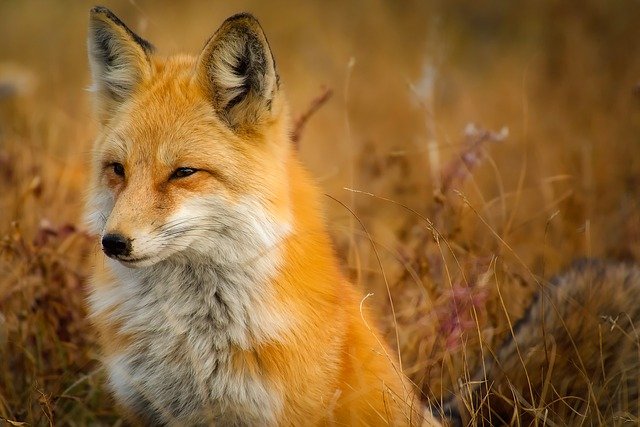
Egypt is home to some pretty amazing mammals- 93 species in total, 6 of which are endemic (meaning they're found nowhere else in the world). Plus, there are 13 species of whales, including dolphins, and a sea bride which can be found in the Red Sea. And if you're into carnivores, there are 20 different species, including four types of foxes, one of which is a small funk fox. The best part is, that you can find these animals all around Egypt. So whether you're in the city or out in the wilderness, you're bound to come across some pretty cool critters.
As any bird lover knows, birds are some of the most interesting and beautiful creatures in the world. With over470 different species, Egypt is a veritable paradise for birdwatchers. Located on one of the major migration routes for birds, Egypt is a crossroads for four different realms, making it an ideal place to see a variety of birds. In addition to the 150 endemic species, there is also one species that is endemic to the sea, Norse Ajama. During migration season, Suez becomes one of the most important meeting places for birds in the world. For anyone who loves birds, Egypt is definitely a must-see destination.
When you think of ancient Egypt, reptiles and amphibians probably aren't the first things that come to mind. But these creatures actually played a significant role in Egyptian wildlife. There are 106 species of reptiles and amphibians in Egypt, six of which are endemic. The Egyptian turtle ranks among the most popular reptiles in Egypt.
Lizards make up the largest number of species with 49, while there are 36 species of snakes, with 9 of them being poisonous. Even though they're less dangerous to humans, they still have the ability to inject poison into their victims through their back fangs. So if you're ever in Egypt, watch out for these slithering creatures! If you would like to see these animals then I highly recommend going to Egypt through Egypt Escape as they have excellent reviews just see Egypt escapes reviews.
Blue Bird's King
The Purple Water Chicken, also known as the Sultan's Chicken, is a beautiful bird that is easily identified by its blue-purple feathers and red beak. This bird is also unique in that it builds its nest on the surface of the water using floating sticks. During the breeding season, each bird will lay between 5 and 10 eggs. The Purple Water Chicken is an omnivore and will eat both plants and animals. Some of their favourite foods include seeds, leaves, fish, fruit, insects, spiders, and earthworms. So if you ever find yourself near a body of water with purple chickens flying around, don't be alarmed! They're just looking for their next meal.
Flaming Dessert Dens
The red fox is a common sight in Egyptian deserts. These furry creatures are medium-sized, with a length of 85 cm from the nose to the tail tip. The tail itself is 35 cm long, and the foxes weigh around 3 kg. In terms of size, they are one of the largest sorts of foxes in the Arab region. The red fox is also the most common and distinguished by its ability to adapt to extremely hot temperatures. In fact, these animals can survive in temperatures of up to 80 degrees Celsius without water for extended periods of time. This makes them well-suited for desert life.
Foxes typically live in small communities and open areas. They are nocturnal creatures, preferring to hunt for prey at night. Their diet consists mostly of small animals such as mice, birds, frogs, rabbits, and hedgehogs. Additionally, red foxes have an acute sense of smell that allows them to detect carcasses at a great depth.
Flying Bees Eater
The warwar bird is one of the most beautiful birds in the world. Featuring green or turquoise greens, rusty red wings, and long tail feathers, this bird is truly a sight to behold. But the flying bee-eater is more than just a pretty face. They are known for their love of insects, and they often hunt bees while in flight. As a result, they are sometimes called flying coraciiform birds. Waruarians typically nest in burrows settled by mountains, but some nests can be found on the banks of rivers and farms. No matter where they nest, these birds are sure to add a splash of colour to your day!